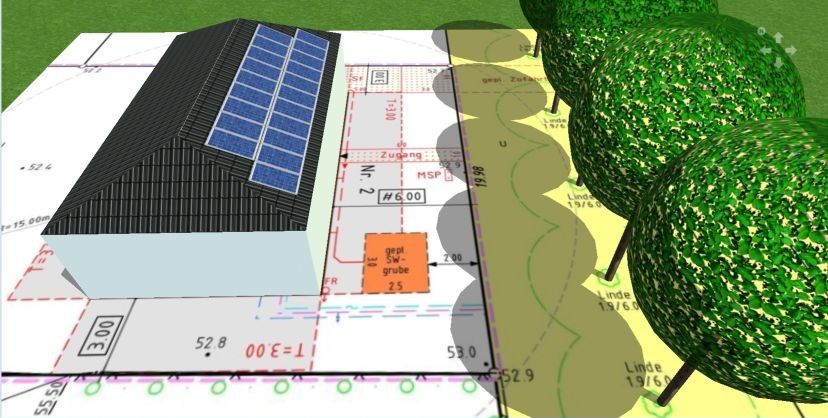- Speed up the design process of your solar PV installations, make predictions as precise as you need and help your company win business with Valentin Software’s PV*SOL (2D) and PV*SOL premium (3D) programmes.
Both PV*SOL and PV*SOL premium estimate system performance and produce professional customer reports. In both programmes you can model grid-connected systems with and without net metering as well as with or without battery storage. Choose from the preloaded database of electricity consumption profiles or customise them to better suit the client’s location and requirements.
Both programmes include extensive databases, making it easy to select different options in your system design and compare changes in system output. Databases are updated regularly, by manufacturers, and are also fully-customisable. Bought a container of modules at an unbeatable price? Load them as an option in your software to use in all your designs and share them with the rest of your team.

Valentin’s PV*SOL software produces photo-realistic visualisations of a building as it would look with modules installed. Image credit: Valentin
The photo plan module, available in both the 2D PV*SOL and the 3D PV*SOL premium, produces photo-realistic visualisations of a building as it would look with modules installed, to really help your client visualise the system on their premises.
PV*SOL premium goes a step further by offering optimum shading estimation.
System designs and financial analyses can both be produced in 2D, but what is special about premium is its special 3D visualisation. This has two main benefits: accurate shading analysis becomes much quicker, as surrounding objects and roof features that will cast shadows can simply be dragged into place. The process is made more precise by the fact that the design can be modelled with millimetre precision.

With PV*SOL you can provide your clients with a professional rendering of system design from multiple angles.
The shading animation shows the path of shadows across the day and the year. This combines with the shading frequency feature to fully model the impact of shading on your planned system. Underperforming modules can then be moved or relocated and you can demonstrate to customers how their system has been optimised for them. These details can be captured as screenshots and imported into your reports.
Run system checks on your inverter configurations and model systems with power optimisers. The cable plan feature visualised cable runs, compares different configurations and produces a list of required cables.
Reports include your logo and company information and can be produced in different formats. You can show as much information as you want, with precise data and exciting graphics.
PV*SOL premium can be used for the design of everything from small domestic houses to huge commercial arrays. In 3D you can now model systems of up to 7 500 modules or up to 10,000 roof-parallel modules, and in 2D, you can plan unlimited arrays with 100 000 modules per array. And it’s easier than ever to produce more complex configurations like mounted systems and east-west splits.
Find out more about the functions and features on offer by taking a video tour of PV*SOL premium; you can even try before you buy by downloading a free 30-day full version trial.
To purchase PV*SOL or PV*SOL premium, contact Alex Hattingh on pvsol@solar-training.org or +27 (0) 10 312 6724.
Author: Bryan Groenendaal

















